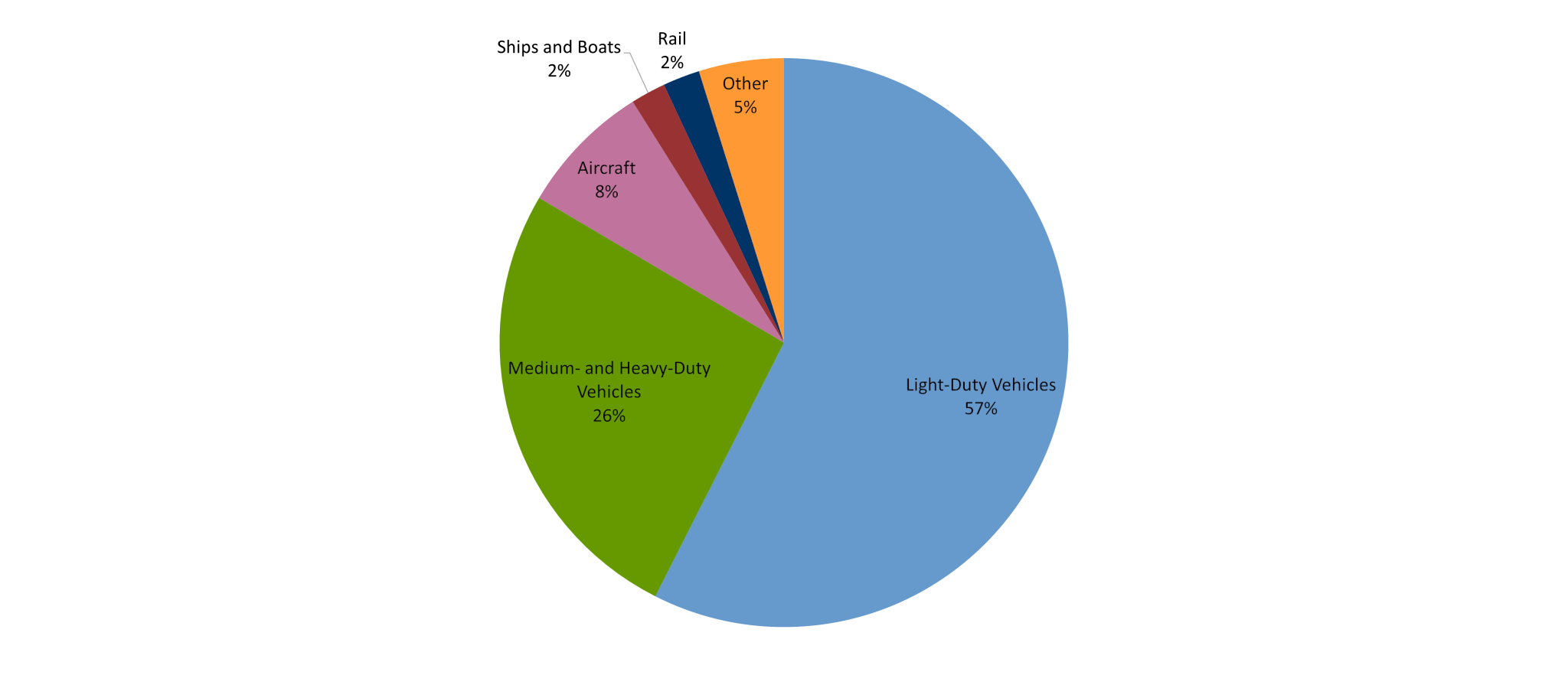Vehicle Emissions Standards: Ensuring Cleaner Air for Future Generations

Table of Contents
ToggleWhat Are Vehicle Emissions Standards?
Vehicle emissions standards are a set of regulations that limit the amount and type of pollutants that a vehicle can release into the environment during its operation. These pollutants include carbon dioxide (CO2), nitrogen oxides (NOx), particulate matter (PM), volatile organic compounds (VOCs), and carbon monoxide (CO).
Each country or region has its own set of emissions standards, which are enforced by governmental bodies. These standards are typically measured in terms of the amount of pollutants emitted per mile driven or the amount of emissions produced per unit of fuel consumed.
Key Pollutants Addressed by Emissions Standards
-
Carbon Dioxide (CO2): A greenhouse gas that contributes to global warming and climate change. CO2 is primarily produced by the combustion of fossil fuels, such as gasoline and diesel.
-
Nitrogen Oxides (NOx): A group of gases that contribute to air pollution, including smog and acid rain. NOx can also harm human health, causing respiratory problems and aggravating conditions like asthma.
-
Particulate Matter (PM): Tiny particles or droplets that can enter the lungs and bloodstream, causing heart and lung diseases. Diesel engines are a significant source of PM.
-
Volatile Organic Compounds (VOCs): Organic chemicals that can evaporate into the air and contribute to smog formation. VOCs are produced by gasoline vapors, exhaust, and other industrial processes.
-
Carbon Monoxide (CO): A colorless and odorless gas that can be harmful to human health at high levels, especially in enclosed spaces. It is produced by incomplete combustion of fuel.
How Vehicle Emissions Standards Work
https://www.truth in24.com are enforced through testing and certification processes, where automakers must prove that their vehicles meet the required emissions limits before they can be sold to the public.
1. Emissions Testing
Automakers are required to conduct emissions tests on vehicles under various operating conditions, including idle, acceleration, cruising, and deceleration. These tests simulate real-world driving scenarios to determine how much pollution the vehicle emits during its operation.
Testing can be done using different methods:
- Dynamometer testing: The vehicle is driven on a machine called a dynamometer, which simulates real-world driving conditions while measuring emissions.
- On-board diagnostics (OBD): Vehicles are equipped with OBD systems that monitor the performance of emissions control systems and ensure that they are functioning properly.
2. Certification
Once a vehicle has passed emissions testing, it must be certified by the relevant regulatory body, such as the Environmental Protection Agency (EPA) in the United States or the European Environment Agency (EEA) in the European Union. Certification ensures that the vehicle meets or exceeds the established emissions limits.
Automakers may also need to submit detailed reports about the emissions systems in their vehicles, including the design of the engine, exhaust systems, and pollution-control technologies.
3. Emissions Control Technologies
Vehicles that meet emissions standards often use a combination of advanced technologies to reduce harmful emissions:
- Catalytic converters: These devices are installed in the exhaust system to convert harmful gases like CO, NOx, and hydrocarbons into less harmful substances like nitrogen, carbon dioxide, and water vapor.
- Diesel particulate filters (DPF): These filters capture and remove particulate matter from diesel engine exhaust.
- Selective catalytic reduction (SCR): A technology used to reduce NOx emissions by injecting a urea-based solution (DEF) into the exhaust stream to convert NOx into nitrogen and water vapor.
Why Are Vehicle Emissions Standards Important?
1. Public Health Protection
Vehicle emissions standards play a vital role in protecting public health. Air pollution caused by vehicle emissions can lead to a variety of respiratory and cardiovascular diseases. According to the World Health Organization (WHO), air pollution is responsible for millions of premature deaths each year, making vehicle emissions regulations a critical component of global public health efforts.
2. Combating Climate Change
The transportation sector is a major source of greenhouse gas emissions, especially CO2. By reducing CO2 emissions from vehicles, emissions standards contribute significantly to efforts to combat climate change. Implementing stricter emissions regulations helps reduce the overall carbon footprint of transportation and helps countries meet international climate agreements, such as the Paris Agreement.
3. Improving Air Quality
In urban areas, where vehicle emissions are a leading source of pollution, stricter emissions standards can significantly improve air quality. Reducing emissions of NOx, particulate matter, and VOCs can help lower the incidence of smog, improve visibility, and reduce the harmful effects of air pollution on the environment.
4. Encouraging Innovation
Emissions standards push automakers to innovate and develop cleaner, more efficient vehicles. As governments set stricter limits on emissions, manufacturers are encouraged to invest in new technologies, such as electric vehicles (EVs), hydrogen fuel cells, and alternative fuels. This drives progress in the automotive industry and accelerates the shift toward sustainable transportation.
5. Economic Benefits
Implementing emissions standards can also have economic benefits. Improved fuel efficiency and reduced emissions can help consumers save money on fuel and maintenance costs over time. Additionally, cleaner air leads to fewer health-related costs, reducing the burden on healthcare systems and society as a whole.
Global Vehicle Emissions Standards
Different countries and regions have established their own vehicle emissions standards. These regulations vary widely depending on local environmental concerns, economic factors, and technological capabilities.
1. United States
In the U.S., vehicle emissions are regulated by the Environmental Protection Agency (EPA), which sets limits for both light-duty and heavy-duty vehicles. The Corporate Average Fuel Economy (CAFE) standards also regulate the fuel efficiency of vehicles, indirectly impacting emissions. The U.S. has progressively tightened its emissions standards, with a focus on reducing CO2 and NOx emissions.
- Tier 3 Standards: The EPA’s Tier 3 emissions standards, which came into effect in 2017, aim to reduce harmful pollutants from vehicles, including stricter limits on NOx and particulate matter. These standards also focus on reducing sulfur in gasoline, which improves the performance of emissions control systems.
- California Emissions Standards: California has long had some of the strictest vehicle emissions standards in the U.S. The state has its own set of regulations that go beyond federal standards, which have been adopted by several other states.
2. European Union
The European Union (EU) enforces emissions standards under the Euro system, which defines the allowable limits for pollutants from new cars and vans. The Euro 6 standards, which apply to vehicles sold after September 2014, have dramatically reduced emissions limits for CO2, NOx, and particulate matter.
The EU is also focused on electric vehicle (EV) adoption and has set ambitious targets to reduce vehicle emissions as part of its Green Deal and Fit for 55 plans, aiming to reduce overall greenhouse gas emissions by 55% by 2030.
3. China
As one of the largest automotive markets in the world, China has implemented its own set of emissions standards, known as China National Standards (CNS). The China VI standards, which are similar to the Euro 6 standards, regulate the emissions of pollutants like CO, NOx, and particulate matter from both gasoline and diesel vehicles. China is also promoting the development and adoption of electric vehicles to reduce emissions and improve air quality.
4. Other Countries
Other countries, including Japan, India, and Canada, have adopted their own emissions standards, which generally align with global trends toward reducing harmful pollutants and promoting cleaner vehicles. In many developing countries, vehicle emissions standards are being gradually implemented to combat air pollution and improve public health.
The Future of Vehicle Emissions Standards
As concerns over climate change and urban air pollution continue to intensify, the future of vehicle emissions standards looks increasingly focused on reducing CO2 emissions and promoting the adoption of zero-emission vehicles. Many governments around the world are setting targets for banning the sale of internal combustion engine vehicles and promoting electric vehicles (EVs).
With the growing push for sustainability, emissions standards are likely to continue tightening, requiring automakers to develop increasingly efficient and cleaner vehicles. The future will also likely see the integration of more advanced technologies, such as hydrogen-powered vehicles, which could play a significant role in achieving zero emissions.
In conclusion, vehicle emissions standards are a crucial tool in the fight against climate change, air pollution, and public health risks. By regulating the amount of pollutants that vehicles emit, these standards help protect the environment, improve air quality, and encourage the development of cleaner, more efficient transportation technologies. As global concerns about the planet’s future intensify, stricter emissions standards will continue to drive innovation and shape the future of the automotive industry.







